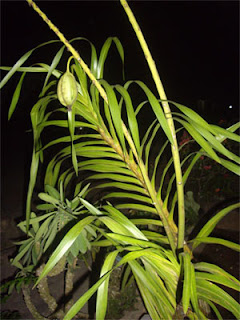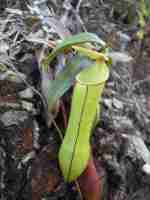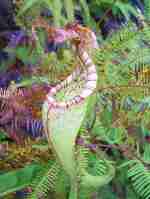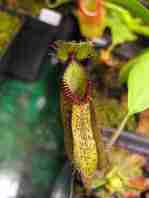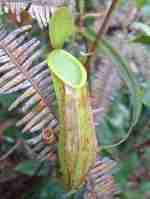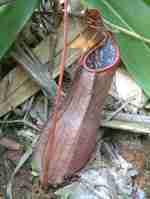

Many complaints about the lack of green spaces in major cities. Land narrow and expensive to make a lot of people were forced to give priority to living quarters sebaga place to grow crops. Here are many alternatives to choose from, one of which maintain fruit trees in pots.
In terms of treatment, planting of fruit in the pots is not quite difficult. Similarly, plants without potting media, must be nurtured and given water. However, there are some tricks that the media does not hamper the growth of pots plants. "Yes, maintenance is not much different, still cultivate, compost or manure can be put on NPK fertilizer.
Specifically, caring for fruit trees in pots must take several factors. First, for watering in the dry season is needed. If using tap water, which usually contain chlorine, preferably overnight and the next day endapkan first new splashed. But, really try not to spray stagnant water more than 12 hours.
Second, the tilling. Keep the planting medium does not compact. Compaction of the media usually occurs due to excessive watering. After that, do the tilling using a small shovel. Be careful, lest you damage the roots.
Third, the fertilization. Despite growing media use manure, organic fertilizers are still needed. Until the age of 2 years, every 4 months, add NPK (15:15:15) as much as 25 grams per drum. Since the age of 3 years and onwards, each drum was given 100 grams of NPK (15:15:15). How, buried as deep as 10 cm of NPK fertilizer, then flush until quite wet.
Fourth, replacement of soil. Changing the soil media once a year is enough according to Feby. "However, it would be even better if done twice a year. Especially if the roots are broken, potting media must be replaced immediately," he advised.
Fifth, trimming. For example tabulampot rambutan, in addition to form the habitus (canopy) plants that look short, and also to branches and balanced growth. Pruning is done when the prime is less than a year old plants, or about 75-100 cm stem height from the surface of the drum.
Way of pruning is to cut its prime, select the 3 primary branches. If the length of primary branches to 50 cm, trim the ends to grow secondary branches.
Choose only three secondary branches per primary branch. Next, trim the tips of the branches secondary to tertiary branches grow, and select only three tertiary branches. Of the three branches of the tertiary is going to happen flowering and fruiting.
Now, having understood her treatment procedures, of course now you're more daring start growing fruit in pots. "Indeed, if the hobby is gardening, not to mention tabulampot, it must require care that is also the maximum desired results and the treated plants productive.
 Protein 0.51 g
Protein 0.51 g


